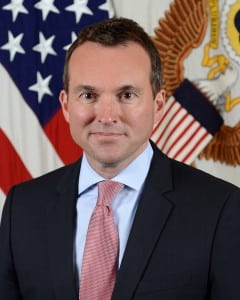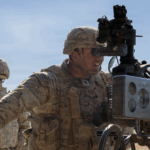
The Army has established a Rapid Capabilities Office with special authority to circumvent the traditional acquisition process to speed needed technologies to soldiers in the field.Army Secretary Eric Fanning testified to the need for such an office during his confirmation hearing before Congress. He made good on that promise Wednesday during a forum hosted by Bloomberg Government in Washington, D.C.“The Rapid Capabilities Office is focused on what it says: capabilities,” Fanning said. “We are not embarking on creating new systems…

 By
By 











